The Decline of the Number Nine
And why a great striker still makes all the difference
Names such as Ronaldo Nazário, Robert Lewandowski, Harry Kane, Zlatan Ibrahimovic, Alan Shearer, and Erling Halaand are a dying breed. The game has changed and pure strikers that can impact the game are hard to find. Said Harry Kane:
“The game is changing a little bit. The way coaching is now [means] a lot of players grow up wanting to be wingers. I think Messi and Cristiano dominated for a long, long time playing off the wings. I think a lot of players wanted to watch them. When I was growing up, I had some of the best strikers in the world [to watch], so I wanted to be a number nine.”
But even more than kids choosing to not play as strikers, the game has evolved to not benefit a traditional number nine as in the past.
Historical Dominance of Number Nines
The first Ballon d’Or was awarded in 1956. Number nine strikers have dominated the award, winning 27 times (this doesn’t include Cristiano Ronaldo). The next closest positions in total Ballon d’Ors won are wingers and midfielders. Excluding Ronaldo and Messi who have a combined 13 trophies, wingers account for nine and midfielders account for 14.
The last pure striker to win the award was Karim Benzema in 2022, though one could argue that even he’s even a false nine. Besides Benzema, a number nine hasn’t won the award since Andriy Shevchenko in 2004. Many could say this has been a result of Ronaldo and Messi dominating the award for much of the last 15 years. Still, if you look at the second and third-place finishers since 2004, only Thierry Henry (‘06), Fernando Torres (‘08), Robert Lewandowski (‘21), and Erling Haaland (‘23) would be considered true number nines.
Antoine Griezmann was a finalist a few times during that time, but I would consider him more of a 10 or false nine. Even Kylian Mbappé is more of a winger and only plays centrally regularly since joining Real Madrid. If you asked him, I’m sure he wouldn’t consider himself a number nine.
A Dying Breed in the Modern Game
Nowadays, it seems like every team that falls just short of reaching their goals is looking for a number nine to solidify their attack. Arsenal is the biggest club that comes to mind. Kai Havertz filled in nicely as a false nine until he was injured, though he was primarily an attacking midfielder before making the switch. Since he was injured, Mikel Merino played the role. He’s done well given the circumstances, but it’s obvious it’s not his natural position. You can see and feel the lack of attacking power Arsenal has as you watch them play.
Even the Premier League champions Liverpool don’t play with a traditional number nine regularly. And sure, some teams have a number nine, but not at the quality they desire. Manchester United and Chelsea are the first to come to mind. It’s not just English clubs that are struggling. It’s also clubs like AC Milan who have felt the absence of Olivier Giroud.
The number nine, who can impose his will physically, play with his back to goal, and impact the game with one strike of the ball, has disappeared from the modern game. There is a shortage of talent at the position. And despite many team’s need for a pure goal scorer, the way the game is played makes the position less of a desired role for young players to embrace.
Today’s formations and tactics are more fluid than in the past when strikers were the dominant position. Twenty years ago, the typical formation teams ran was 4-4-2. Two strikers would sit in the box waiting for midfielders to swing the ball in so they could use their physicality and positioning to score goals. Long gone are the days of playing long balls up the field for strikers to chase or hold until they find a teammate to play the ball off to.
As part of these tactical changes, teams cross the ball less frequently than before. Managers prefer to keep possession and reduce the risk of being caught out of position after losing the ball on a cross. This style of play diminishes the need for a big, tall striker to stand up top and win the ball in the air.
Teams now are more likely to use a 4-3-3 formation, reducing the need for more strikers. Instead, wingers are the primary attacking players. Despite throwing out a 4-3-3 formation to start the game, teams rarely stick to it. They rely on creating numbers in different parts of the field, which means their formations change depending on which team has the ball and which part of the field the ball is in.
This is done by moving full-backs into the midfield, having lone strikers drop deeper, and moving wingers and attacking midfielders into space. Keeping possession and exploiting defensive numbers is now the name of the game. I wrote about this last summer when looking at how Pep Guardiola’s tactics have changed how teams attack.
Teams defend differently as well. Coaches now instruct their players to defend as a team and prefer all 11 players to be behind the ball when defending. It’s common to see a striker deep into their own half when defending. These new tactical changes require strikers to have decent defensive abilities. Compare this to 20 years ago when a defender stood at midfield waiting for a teammate to win the ball back and play him long.
This is a screenshot from the 1999/00 season of a game between Manchester United and Liverpool. Liverpool is in possession deep in United’s half. United only has eight players behind the ball. Notice the two attacking players (and one more off-screen) standing and watching as Liverpool passes the ball. Also, notice Liverpool’s forwards with plenty of space to make a run in behind or drag a defender away from the ball.
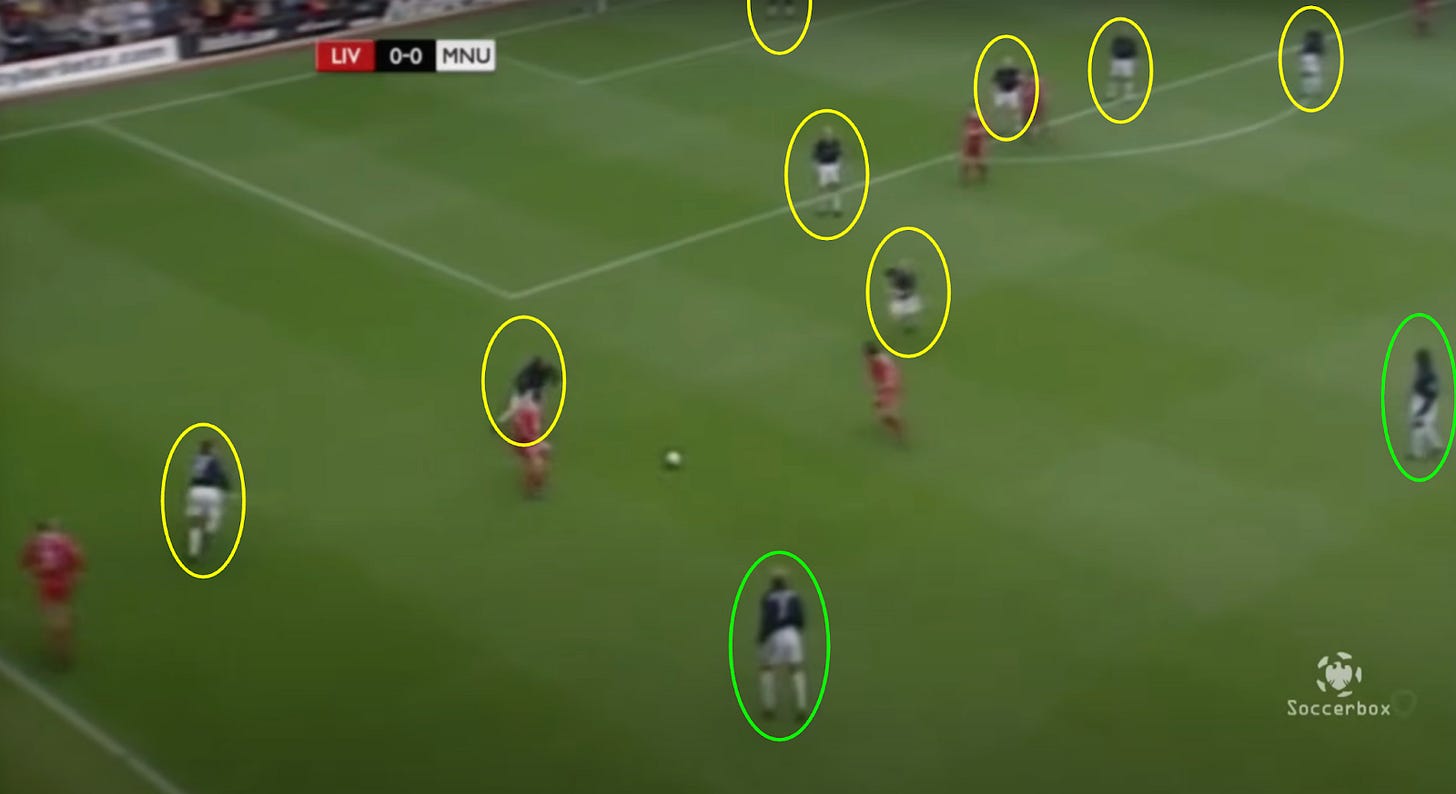
Now, compare that to this screenshot from a game this season (2024/25) between Arsenal and Manchester United. Arsenal have all 11 players defending deep into their own third of the field. The furthest player up the pitch is only about 30 yards from his own goal. Also, notice four Arsenal players crowding the box area, making it difficult for attacking players to play in space. The game has become more crowded due to defending in numbers and a focus on defending space rather than man-marking. This makes it more difficult for strikers to finish in the box, which means teams have to adapt and attack in new ways to create chances.
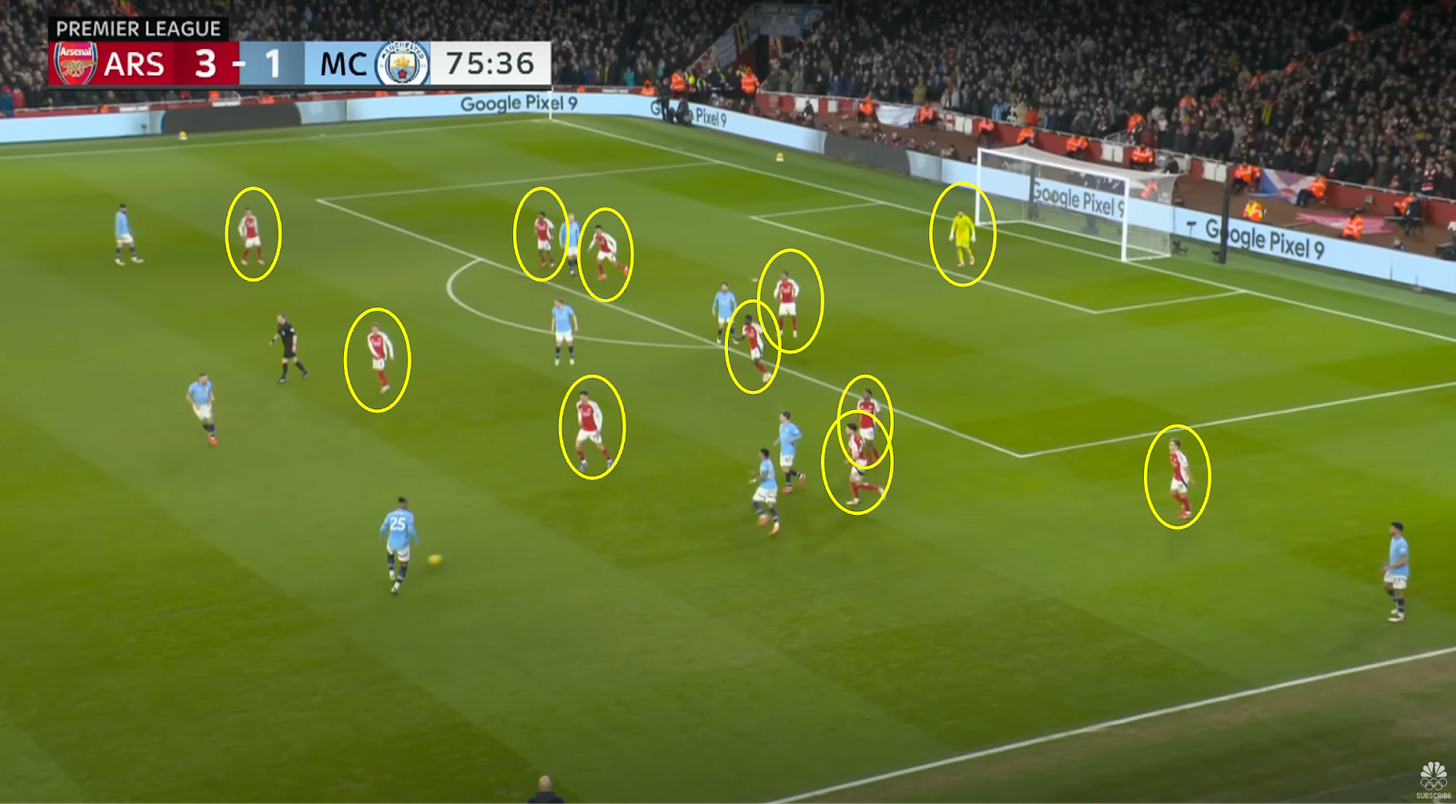
Traditional number nines may have also been superior with the ball at their feet compared to defenders (and even goalkeepers). But in the modern game, defenders are expected to be able to play the possession game, thus making them useless if they don’t have skills on the ball. This change in gameplay has narrowed the skill gap across all positions with the ball at their feet.
In fact, the players with the most touches across the top five European leagues are mostly defenders now. Compare that to the early 2000s and it used to be midfielders who had the most touches. This phenomenon also has to do with the fact that most teams play out of the back and defenses have all 11 players behind the ball.
Top Strikers Are Still Thriving
Even with the reduction in traditional number nines, we’re still seeing goals scored. In the Premier League, we have seen a steady increase in goals per game over the last 10 years, highlighted by a huge jump in goals last year to 3.28 per game. The point is that goals haven’t dried up with a reduction of traditional number nines roaming the pitch.
In fact, if you look at the top goal scorers in the Premier League over the last few years, the few prominent number nines that remain are the ones at the top of the leaderboard (Ivan Toney, Alexander Isak, Harry Kane, Erling Halaand to name a few). So in a sense, there are fewer number nines, but those still around are thriving in the modern game’s new tactics.
I almost view the strikers in today’s game as running backs in American football. Running backs used to be viewed as a more important position, but now they are rarely taken with a high draft pick because the position is viewed as easily replaceable. Now, I don’t think a quality striker is easily replaceable, but it is viewed as less important as years pass since goals are coming from different positions now. However, just like a great running back can change an offense, a great striker can be the difference between a win and a loss.
Teams and youth academies are focused on developing all-around players with multiple skill sets built for the modern game. However, having the skills of a traditional number nine are still valuable. My bet is that a number nine will be the difference in winning trophies or not for teams such as Arsenal, who are on the cusp of doing great things.



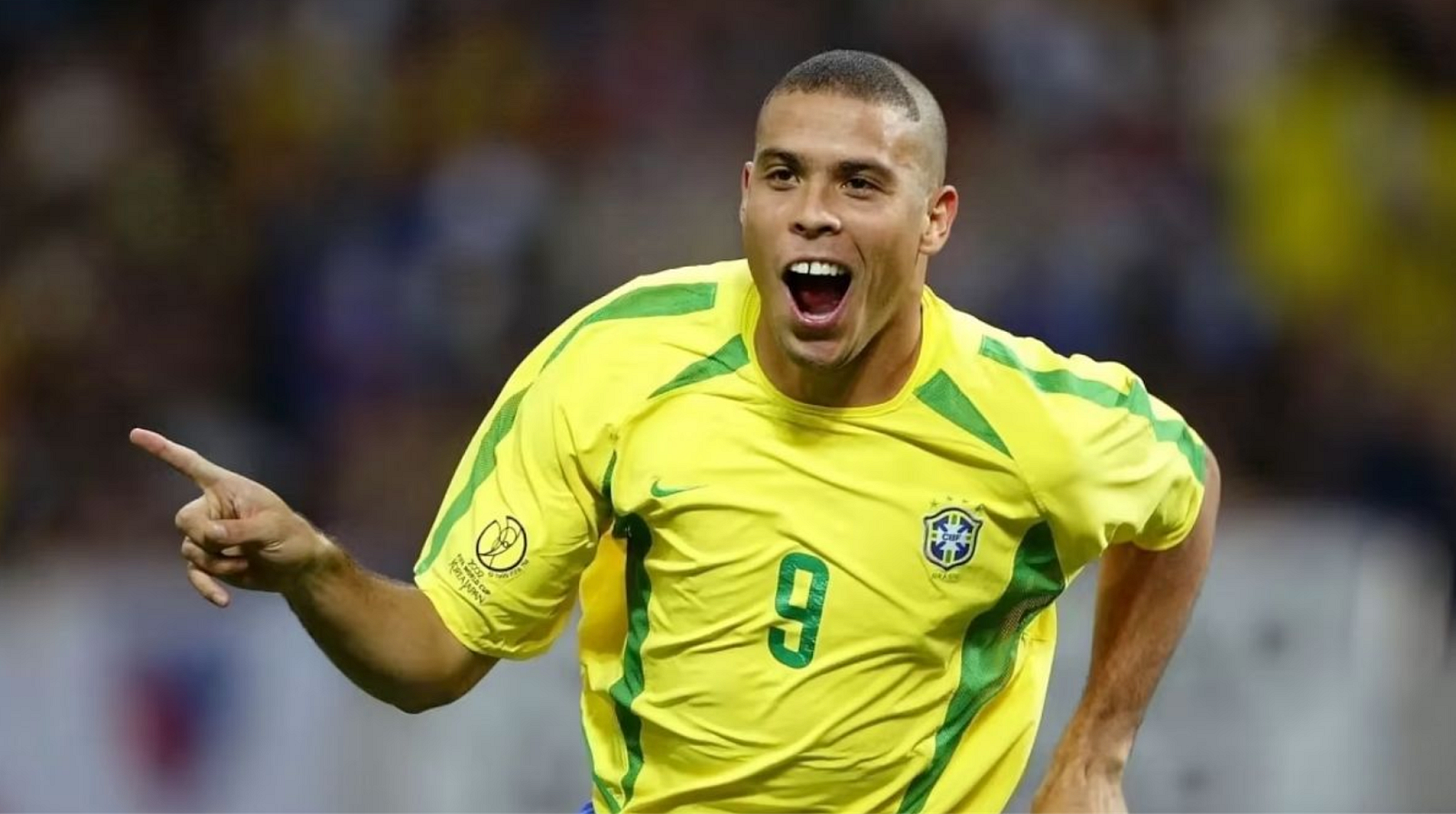
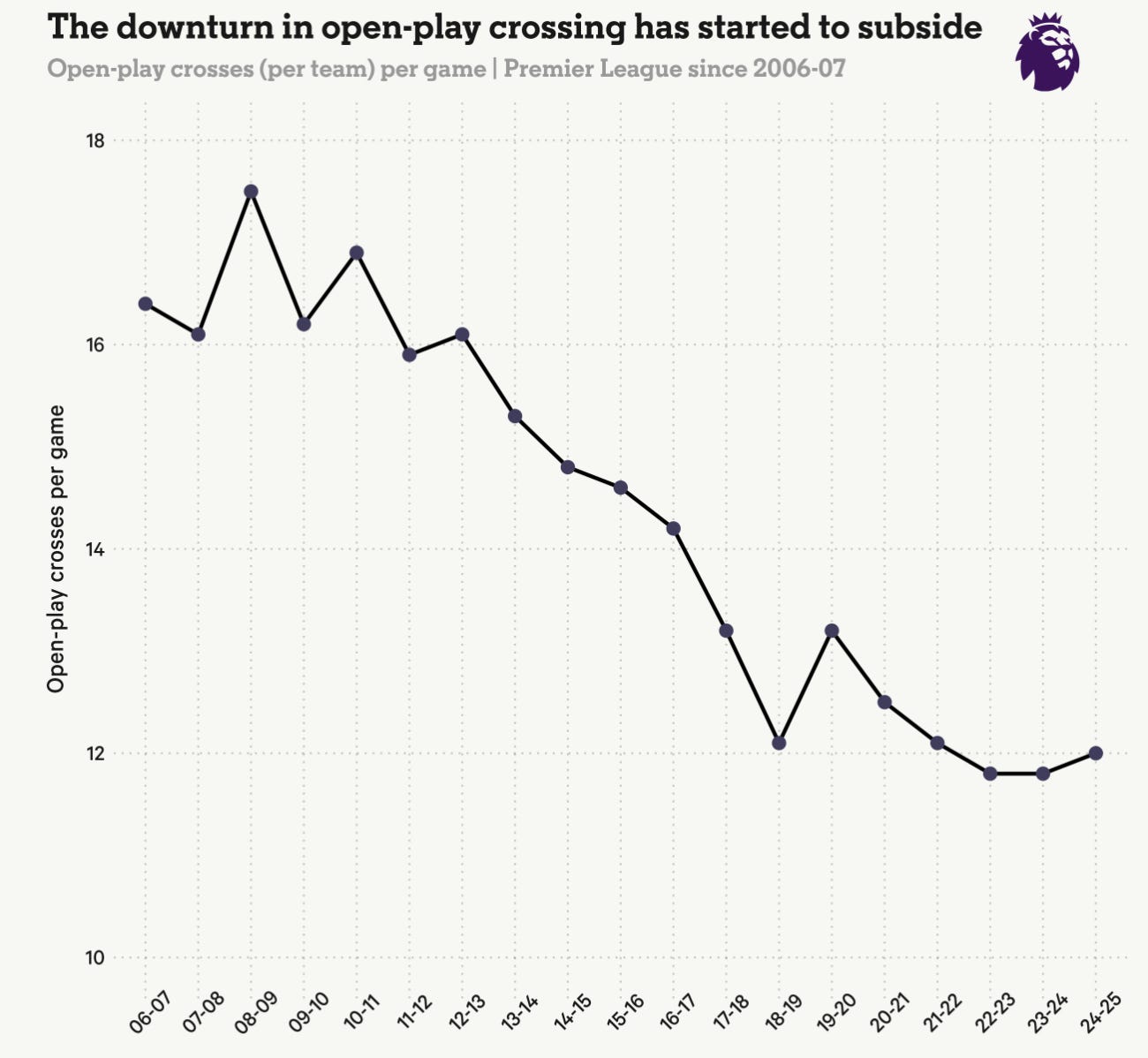

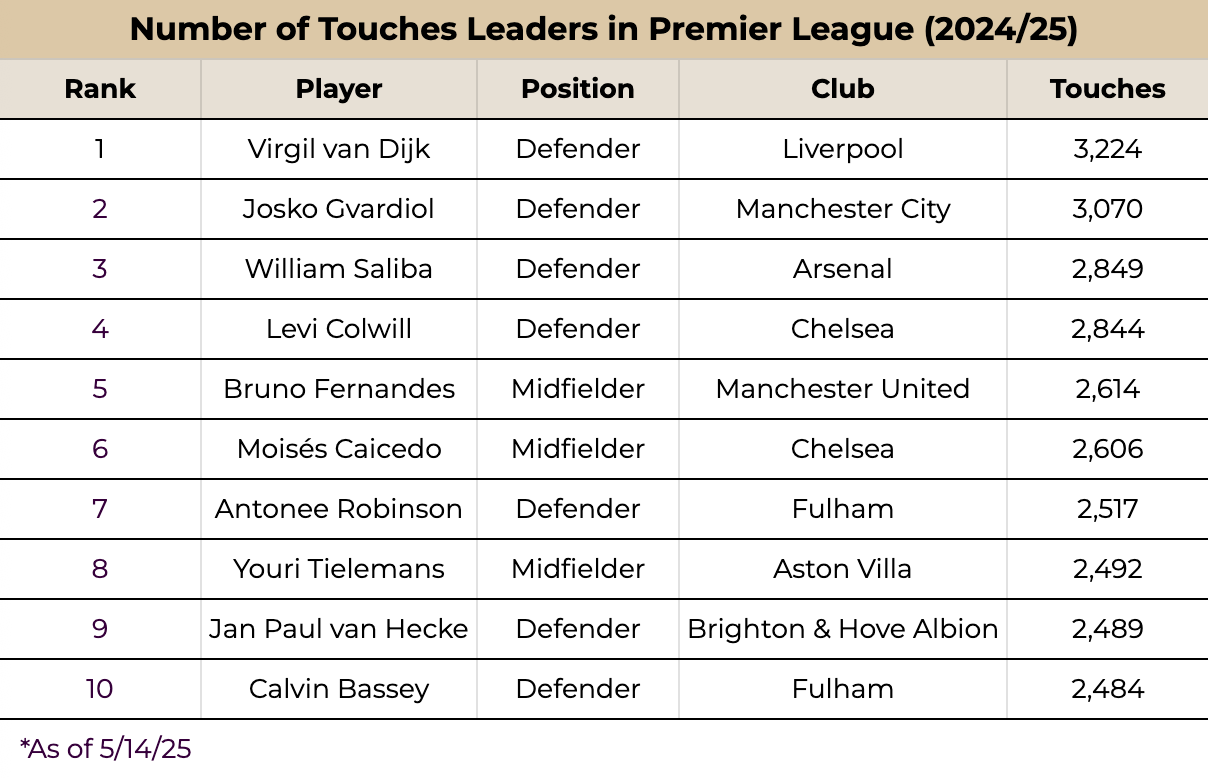
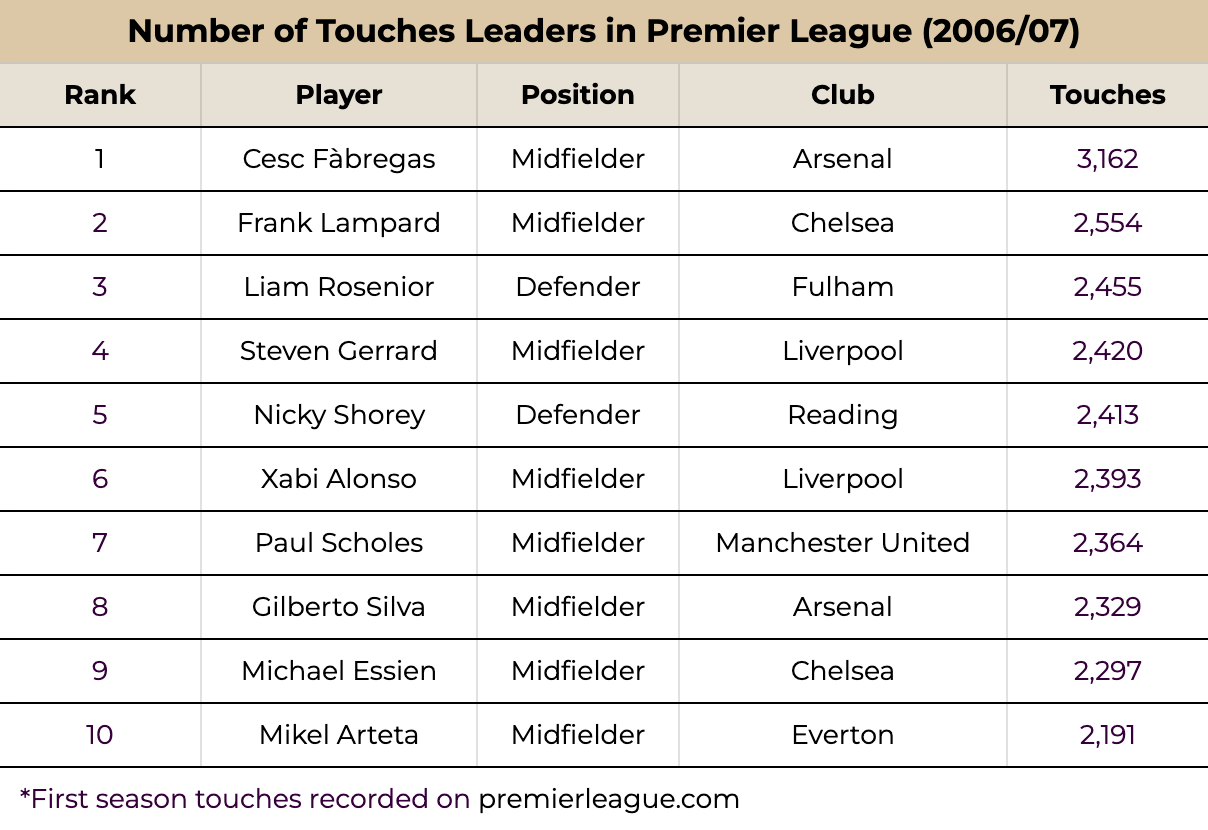
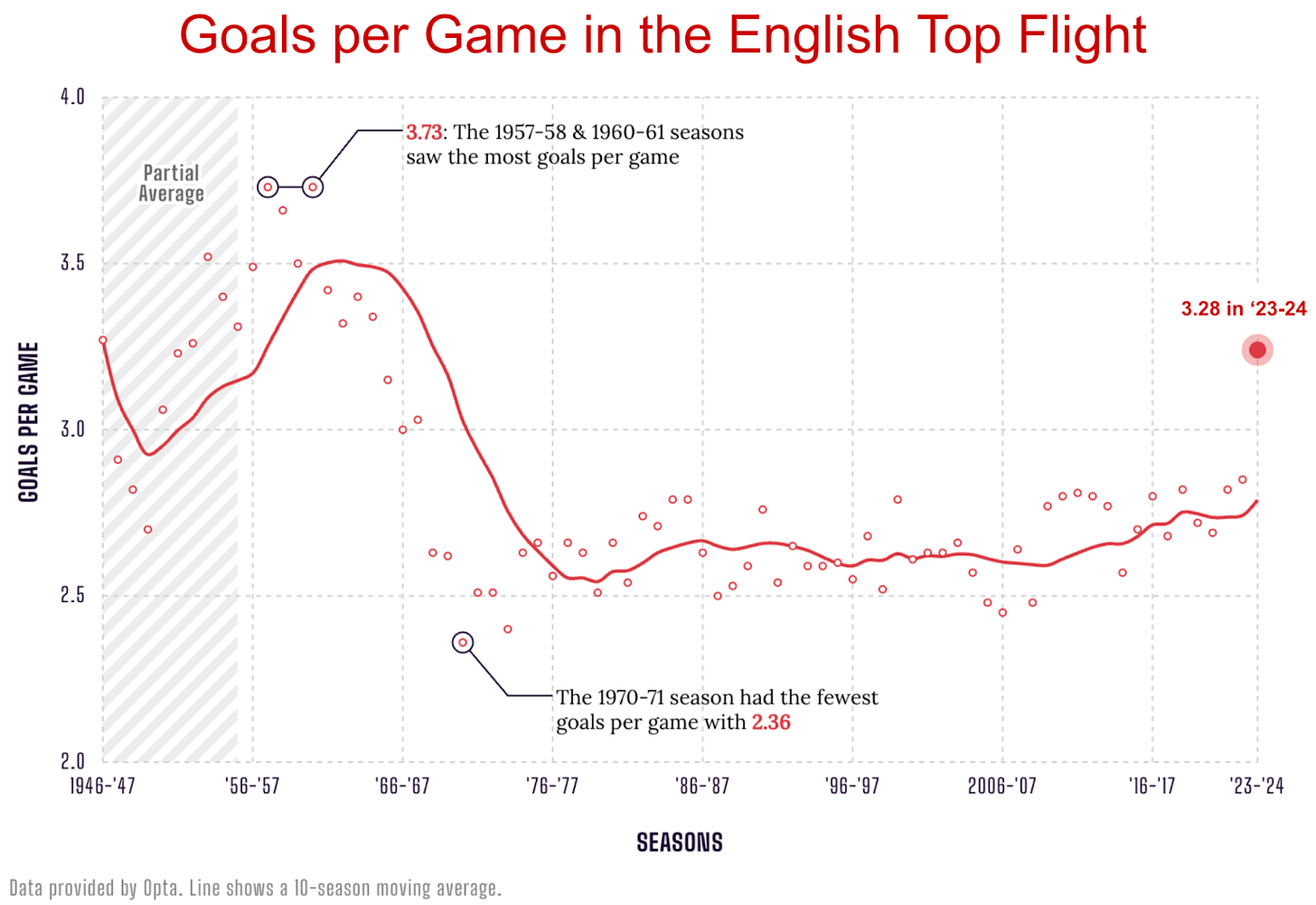
With the recent trend for teams to press man-to-man and the consequent tendency for teams to increasingly look to go long in the build-up, won't we see teams looking for a number nine again? Recent rumours show that teams like Arsenal, Liverpool and Man United are looking for that profile (Gyokeres or Sesko). And Chelsea have just signed Delap.
Hi Austin. Your comments on the traditional no.9 made me think of the gradual demise of the sweeper from formations, and for many of the same reasons you mentioned for the conventional striker. The rarity of athletes with the requisite skillsets and the preference of coaches to use structures which didn't require one in the line up. Do you see a sustained future for strikers in the modern scheme of things, or is there needle in a haystack prevalence, and the subsequent cost associated, mean they are destined for obscurity? Interesting post!